What is Food to You?
July 10, 2014
What is Food to You?
Food as Food
Most people would agree that food is offered to keep us alive and feed our body. But is that the only function food has for us as human beings? Is that the only function of food to you? Not to me. Let me tell you how I see my food.

Food as Tasty Pleasure
As a French chef, food is pleasure, fun, enjoyable and exciting. Unlike what a few people think, you do not have to spend untold amounts of dollars to experience the pleasure of good food. Go the closest farmers’ market and pick that freshly picked sweet and juicy Texas or Georgia peach and bite into it. Let that juice run down your chin and lick your fingers. Pick a ripe, still warmed by the sun strawberry from your garden and savor it right there on the spot. Climb a cherry, apple, fig or any other fruit tree and eat their fruits right of the branch and tell me if it has to cost a lot of money to enjoy it. No, it does not. It’s one of the simple pleasures of life. To me, what is more important is the freshness and the flavor of that steamed baby carrot drizzled with extra virgin olive oil and balsamic vinegar or of that baby kale sautéed in bacon fat. What is food for you? Can you tell me about your food pleasures?
Food as Happy Memories
For me, food is also happy memories. Slowly crushing a blackberry in my mouth reminds me when my brother and I, when we were kids, used to pick them off the wild bushes in the countryside. Letting a dark square of chocolate melt in my mouth reminds me of that first kiss from that special girl on a Nice’ plaza. Eating that crunchy fresh salad reminds me of my grandma telling to go to her garden and pick a young lettuce, rinse it and shake all the water off – that was my job then. The taste of freshly made rum crepes covered with home-made apricot jam reminds me of my mom making them only for Mardi Gras – a special treat in our family. These are only a very few of the memories I have connected to food. Can you share with me your food memories?
Food as a Healing Medium
I personally see healthy food as the simplest and cheapest way to stay healthy – as in, not being sick. To stay in shape without having to spend a lot of my precious time in running or exercising; instead, I spend it on dancing. To not spend my hard-earned money on gym memberships. To not spend my money on doctors’ appointments, pharmaceutical drugs, hospital stays and unnecessary heart surgery. In other words, I use food as my daily tasty medicine. Shouldn’t you?
The question I keep on asking myself as a nutritionist is, “Why are most of us swallowing mysterious foods that are unhealthy, greasy, fattening and loaded with sugar and mysterious ingredients no one can pronounce (don’t get me started on GMOs), and then complain because we have heartburns, gain weight, give ourselves diabetes (type 2) and heart attacks.” Wouldn’t it be simpler to pay attention to the quality of the food we ingest and live a happier and healthier life without feeling miserable? Can you explain me why most people in this country do that to themselves?
Food as a Social Medium
For me, food is also a way to get together with my friends, hang out, joke, argue, drink and play music. It does not have to be in a restaurant. It does not even have to be fancy food. A pot of pasta, a nice side salad and a fruit tart will do the trick for me. All that counts is the company I’m with. Having a good, simple time with my family or friends around food sure beats a soiree at a fancy restaurant any time… plus I don’t have to dress up. Keep it simple. Make it a pot luck if money is an issue. Who cares? You are amongst friends. Sharing food and a good time together is more important than trying to impress your friends with a fancy spread. If they are your friends, they will show up at your house no matter what’s on the dinner table. They come for you, not to be impressed. Can you remember a great food-sharing gathering at your house or at a friend’s home? Wasn’t that fun and a source of great memories?
Food as a Political Statement
Right about now, you must be thinking, “What is he talking about?” Yep! I am talking about food as a way to express your political belief. No matter whether you are Republican, Democrat, French or Chinese, food is one thing we all have in common. What we eat is what connects us as human. So, when corporations and governments conspire to create and support Frankenfoods – otherwise known as GMOs (genetically engineered organisms) against the will of the people, I say it is a political issue. About 90% of the American population wants to know what’s in their food. Don’t you? Don’t you want to know what’s hiding in the food you feed your own children? I sure do. So why are corporations and even our own government resisting labeling GMO foods? Profit, pure and simple. Don’t tell me it’s more complicated for them to label GMOs here than it is in Europe where they already are forced to do it. It’s not. More than 60 countries all over the world already label their GMOs. Other countries ban it all together. Why not America?
So, regarding the political issue, we should all vote to support GMO labeling. We lost a couple of years ago in CA, in WA last year but there is another vote coming up this fall in Oregon. Vote, support them, email your friends. Do whatever it takes to stop these corporations from poisoning us and our children. If that does not work, let’s put pressure on food manufacturers to label their own products. If you’re a mom, join the Moms Across America group here: https://www.facebook.com/MomsAcrossAmerica or join the Institute for Responsible Technology here: http://www.responsibletechnology.org/ and many more.
Another easy political way for you to take care of this issue is to vote with your dollars. That’s right! When you go grocery shopping, choose to buy only non-GMO Verified products, USDA Certified Organic food or buy your fresh food form the farmers you trust at your local farmer’s market. It’s that easy! Every dollar you choose NOT to spend on GMO-loaded food is a signal to the food corporations that you’re mad and you’re not gonna take it anymore. Now, go vote at your nearest grocery store and tell me how it feels to be politically engaged with your food. Frankly, I’d rather vote for good food than a bad politician. Regain control over your food. Doesn’t that feel great? I knew you would.
Food as an Emotional Support
We all have problems and personal issues to deal with. One of our favorite way to help us feel better is through food. I understand. I do that myself once in a while too. But why pick food that will make you, 1. Feel guilty afterwards and 2. Possibly damage your health? Why not eat healthy food instead? For example, one of the most legally addictive product out there – besides booze and cigarettes – is sugar. Yes, sugar. As a matter of fact, food manufacturers know that very well and make sure to introduce us to that addictive substance very early on: baby formula loaded with sugar, sugar added baby food, etc., to train our palate. We love the sweet flavor. If you pay attention to your food labels, you will notice there is some form of sweetener, natural of artificial, in almost all of our processed food, even in salad dressings and soups of all places. Why? Because sugar is addictive and you’ll want more and more. What’s the solution? Getting off sugar or high fructose corn syrup would be nice but almost impossible to do. Instead of refined sugar and HFCS, we can choose to eat less refined forms of sugar such as raw organic cane sugar, coconut sugar, date sugar, honey and even raw agave nectar. Instead of artificial sweeteners, use plant based Stevia only. So, although I understand that you might feel down once in a while but may I suggest you switch to a healthier form of sweetener. Or eat more fruits. You’ll feel better about it.
Are you Afraid of Food?
As a Frenchman, it still puzzles me how typical Americans are scared of their food. They have been bombarded with so many negative (and false) messages regarding food over the years that I can understand why. Not everyone is a nutritionist. But I have an easy answer for you: if you eat crap, you will feel like crap. There is no lying about it. Food can be your medicine but it can also be your demise. If you eat a constant diet of fast and processed food, if I were you, I would worry too. But really, is it so difficult to pay attention to the quality of your food? You should NOT be scared of food, you should LOVE it, enjoy it, savor it, embrace it as what it is, a source of nourishment, health, pleasure, memories and yes, as a political statement as well.
So now, go out there and start enjoying your food with my blessings.
A Votre Sante – To Your Health
Chef Alain Braux
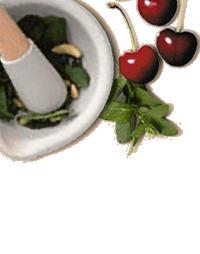
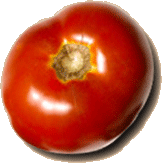
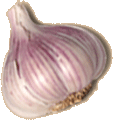
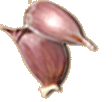
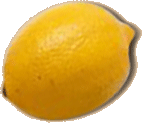
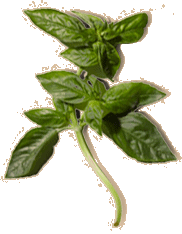

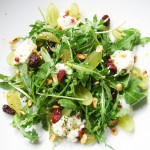
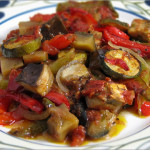


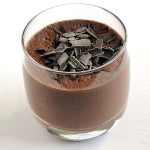

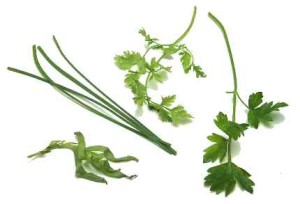
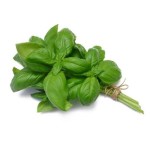


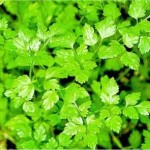

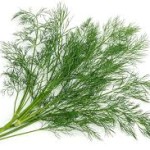
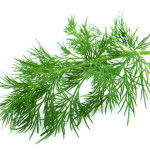
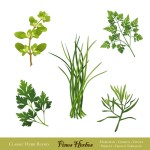



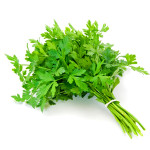
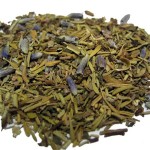
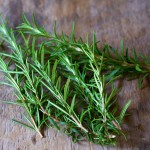


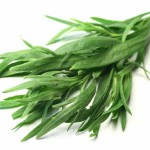
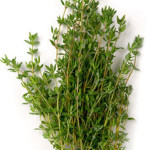
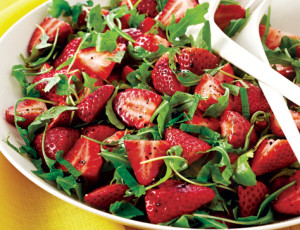

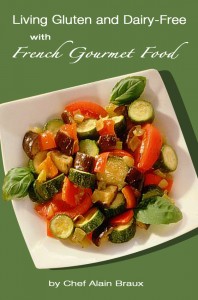

3 comments